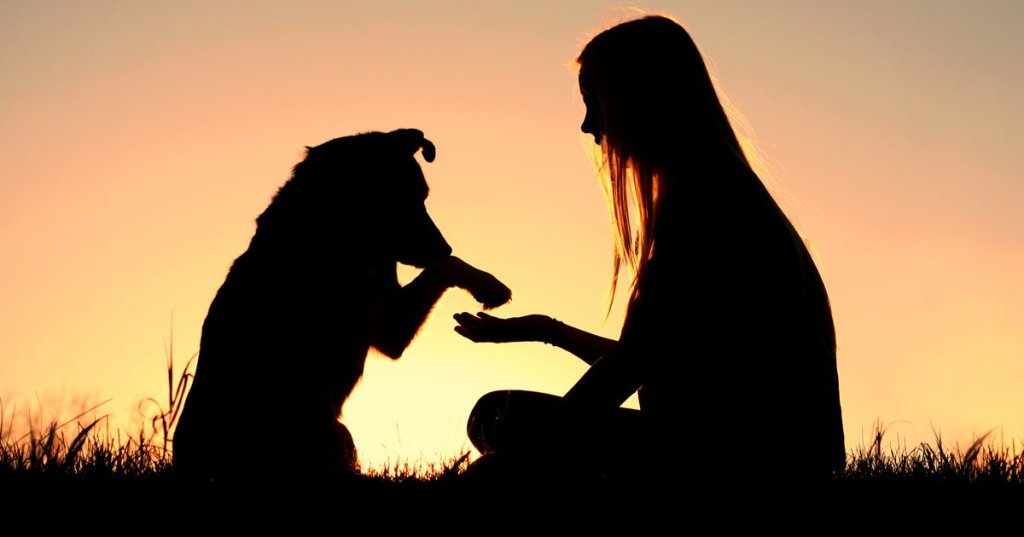Question:
How much of a dog’s behavior can be changed by training?
Answer:
That depends on the dog, the breed or type, and what you want to change.
Some behaviors are deeply rooted in genetics and are building blocks of a dog’s personality. Other behaviors are products of genetic selection or breeder’s preference. Finally, there is how you socialize and train your dog.
Behaviors are Related to a Dog’s Breed
All dogs have individual personalities that make them unique, but there are also traits that are genetic in origin. These are referred to as breeds (Akita, Poodle, Schnauzer) and classifications (Hound, Working, Herding).
There are exceptions to all, but in general a breed’s history can tell you a lot about a dog’s personality. Additionally, a breeder’s profile can also tell you about what personality traits they find desirable.
Below is a very general outline of some common classifications and an overview of their history and behavioral traits.
Terriers are often small, but very energetic! They were bred to patrol and hunt for vermin — a never-ending job. Without enough exercise and “hunting” activities, they often frustrate owners with undesired digging or barking.
Herding dogs are mostly small to medium in size, and clever! They need lots of mental and physical exercise such as dog sports like flyball or agility to keep their problem-solving brains active and happy. They do poorly, even in large spaces, if there is little to do, or if the activities are repetitious (barking at dogs on the other side of the window/fence).
Breeds with guarding backgrounds can be great with family members, but they have a genetic propensity to be wary of strangers. They need extra socialization in order to be friendly with all people. Even the best socialization efforts may result in dogs that are wary of new people or overly protective of “their” spaces.
Retrievers like Labradors and Goldens are popular, but with that popularity comes tremendous variety and you need to really look hard at the personality and not the package wrapping. Labs are a good example. Field labs are intense and need jobs. English Labs are smaller, more compact and mellower than their US counterparts. Many labs in the US fall somewhere in between these two versions, depending on the breeder’s preference for personality or which “look” is popular with their clients.
Lap dogs and Toy breeds are often small and cute and experience waves of popularity. These adorable pocket-sized dogs tend to be hit hardest by behavior problems associated by puppy mill breeding and impulse purchases. And, serious behavior issues (like housetraining) may go untreated because of small, unnoticed problems or because the behavior seemed “silly” at first. A five-pound biting dog may seem like a joke, but even small dogs can do damage to a face or small child.
All dogs are unique and can learn new things, but some behaviors are genetic and harder to alter.
Ultimately, a dog’s behavior is the result of many factors, including breeding, socialization, training, and individual motivation.
I often hear comments like, “You get what you put into a dog.” The implication being that bad dogs are created by bad people, and that good people will have good dogs. This is unfair.
A dog’s personality and behavior is a random combination of various traits from various pools of information. If your dog is behaving badly, don’t worry about why or where it came from, just look for a solution.









